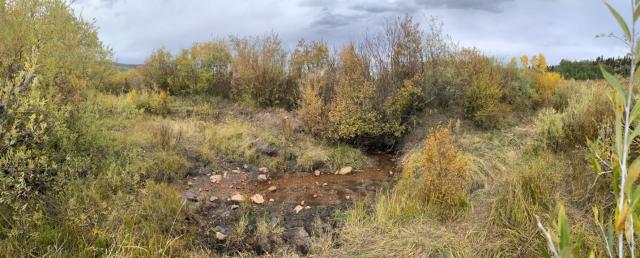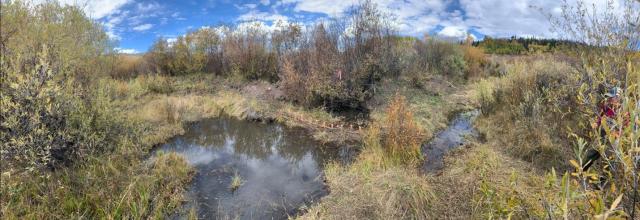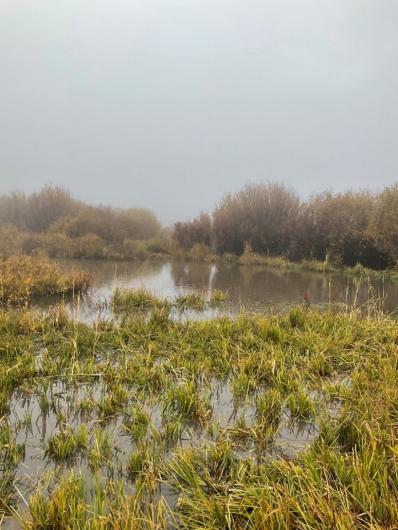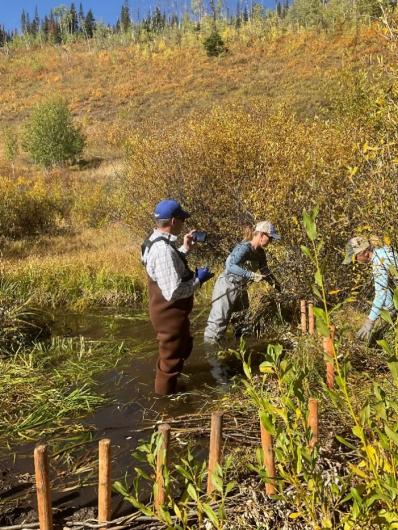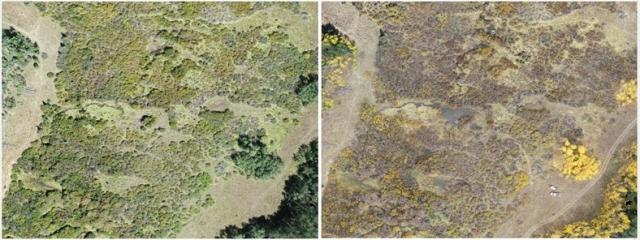Related Stories
- Progress on Public Lands: BLM 2025 Trump Administration Accomplishments | January 20 - December 31, 2025
- Popular posts: BLM's most viewed blogs of 2025
- Nine years of partnership pays off: Fitzhugh Creek Meadow restoration achieves dramatic results
- “Where did my horse come from?” BLM launches a new way for adopters, trainers and others to learn about their wild horses and burros
- Helping Woodlands & Fighting Fire with the Dawson Project
Office
PO Box 151029
Denver Federal Center- Building 40
Lakewood, CO 80215
United States
Phone:
Email:

